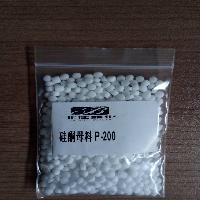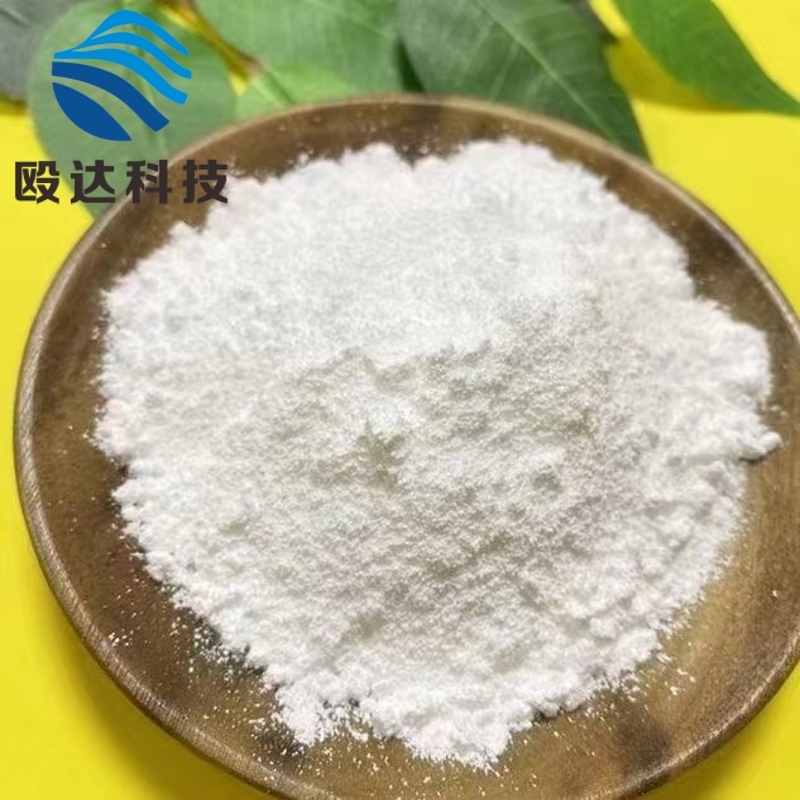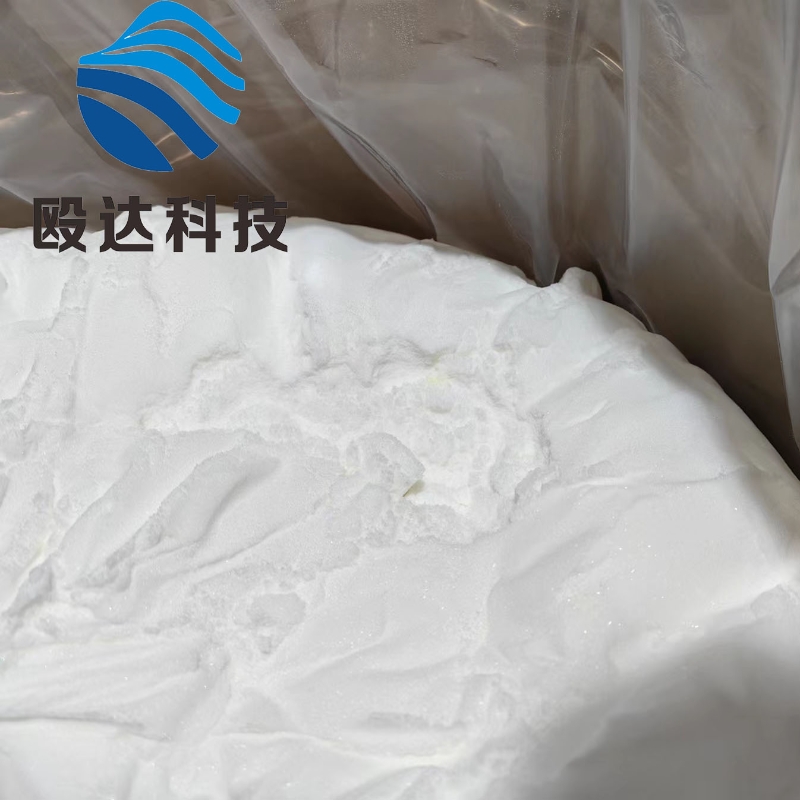-
Categories
-
Pharmaceutical Intermediates
-
Active Pharmaceutical Ingredients
-
Food Additives
- Industrial Coatings
- Agrochemicals
- Dyes and Pigments
- Surfactant
- Flavors and Fragrances
- Chemical Reagents
- Catalyst and Auxiliary
- Natural Products
- Inorganic Chemistry
-
Organic Chemistry
-
Biochemical Engineering
- Analytical Chemistry
- Cosmetic Ingredient
-
Pharmaceutical Intermediates
Promotion
ECHEMI Mall
Wholesale
Weekly Price
Exhibition
News
-
Trade Service
I am an agricultural technician, and I often hear from farmers that chemical fertilizers are not used less, and they are some brand-name products, but they are always inferior to others in terms of fertilizer efficiency
.
In fact, fertilization also has to pay attention to the right time and place.
It may be possible to find the reasons from the following aspects
.
1.
Regardless of the thickness of the soil, fertilization depends on the soil
.
For example, the economic benefit of applying nitrogen fertilizer in fertilized fields is not high, and there are even side effects.
If it is applied in low-yield fields, its yield increase effect will be 2~3 times higher than that in fertilized fields; When applied to soils that are not deficient in phosphorus, the yield should be increased by about 3 times
.
In addition, there are differences in soil texture.
Sandy soil should be applied with more organic fertilizers, and straws should be returned to the field to gradually improve the soil structure; clay soils generally have poor permeability and slow fertilization.
The topdressing of chemical fertilizers should be early, and it is advisable to "eat more and less "Nurturing", avoid using excessive nitrogen fertilizer in the later period; the loam texture is good, and the appropriate amount of fertilizer can be applied at the right time according to the requirements of crop yield and growth
.
Fertilization should be a combination of long-acting fertilizer and short-acting fertilizer, and organic fertilizer and chemical fertilizer should be combined to nurture the soil and combine with nutrients
.
2.
Regardless of the weather, the fertilization time in the low temperature season should be advanced appropriately.
The organic fertilizer should be used as the base fertilizer to be fully retorted and decomposed; the high temperature should be applied deeply to prevent the loss of fertilizer and the burning of seedlings
.
If the soil is too wet, apply the fertilizer shallowly, and apply it deeply if the soil is dry
.
Soil water content is low during drought, and it is difficult for crops to absorb and use chemical fertilizers.
It should be combined with water or light rain to fertilize; do not fertilize before heavy rains or heavy rains to prevent fertilizer loss and leakage loss
.
3.
Regardless of the type of crop, fertilization of tubers and tubers should be based on phosphorus and potassium fertilizer, combined with nitrogen fertilizer; leafy vegetable crops should be more nitrogen fertilizer, appropriate with phosphorus fertilizer; rice, corn, wheat and other gramineous crops require more nitrogen , Nitrogen fertilizer should be used as the main fertilizer, combined with phosphorus and potassium fertilizer; while sugarcane, hemp, and tuber crops need nitrogen fertilizer, potassium fertilizer should be added; legumes have rhizobia, which have the ability to fix nitrogen in the air, and demand for nitrogen.
The amount is small, so it is mainly phosphate fertilizer
.
4.
Regardless of the difference in stubble fertilization, for cold stubble, such as sweet potato, rice, cabbage, and radish stubble, the following crops need to survive the winter and spring low temperature seasons, and more heat fertilizers such as decomposed sheep and donkey manure should be applied; for hot stubble, the same as before The stubble is wheat, potato and other stubbles.
There is sufficient leisure and sun drying time.
It is advisable to apply more cold fertilizers such as decomposed pig and cow dung with more moisture; for soft stubble, such as peanut and soybean stubble, the soil is soft, leaving nitrogen fertilizer If there are more, more phosphorus and potassium fertilizers should be applied; for hard stubble, such as corn, sorghum, and cotton stubble, where the soil is hard and solid, more organic fertilizers should be applied
.
5.
Regardless of crop growth.
Fertilization crops have different physiological characteristics at different growth stages, and the amount and time of fertilizer absorption are also different
.
In the development stage of roots, stems, and leaves, more nitrogen fertilizer is generally required
.
For example, the growing season of early rice is short, and the peak of nitrogen uptake occurs at the stage of turning green to tillering (within 15-20 days) after transplanting, so it is necessary to reapply tiller fertilizer, steadily apply ear fertilizer and grain fertilizer
.
Bast crops grow fast in the early stage, plant growth and the formation of fiber cells proceed almost simultaneously, so in addition to meeting the demand for nitrogen fertilizer in the early stage, potassium fertilizer should be applied at the same time
.
6.
Do not fertilize due to the nature of the fertilizer.
Fertilizers with relatively stable chemical properties, such as urea, diammonium phosphate, superphosphate, etc.
, should be used as base fertilizer or seed fertilizer, or applied to the root concentration layer in advance; chemically unstable and volatile fertilizers , Such as ammonia, ammonium phosphate, ammonium sulfate, ammonium nitrate, etc.
, should be deep-sealed soil to reduce nutrient loss; individual crops or fields require special fertilizers, such as paddy fields should not be applied with nitrate nitrogen fertilizer, ammonium nitrogen fertilizer, sweet potato, Potato, tobacco and other crops should avoid chlorine, and it is not suitable to apply chlorine-containing fertilizers such as ammonium chloride and potassium chloride
.
.
In fact, fertilization also has to pay attention to the right time and place.
It may be possible to find the reasons from the following aspects
.
1.
Regardless of the thickness of the soil, fertilization depends on the soil
.
For example, the economic benefit of applying nitrogen fertilizer in fertilized fields is not high, and there are even side effects.
If it is applied in low-yield fields, its yield increase effect will be 2~3 times higher than that in fertilized fields; When applied to soils that are not deficient in phosphorus, the yield should be increased by about 3 times
.
In addition, there are differences in soil texture.
Sandy soil should be applied with more organic fertilizers, and straws should be returned to the field to gradually improve the soil structure; clay soils generally have poor permeability and slow fertilization.
The topdressing of chemical fertilizers should be early, and it is advisable to "eat more and less "Nurturing", avoid using excessive nitrogen fertilizer in the later period; the loam texture is good, and the appropriate amount of fertilizer can be applied at the right time according to the requirements of crop yield and growth
.
Fertilization should be a combination of long-acting fertilizer and short-acting fertilizer, and organic fertilizer and chemical fertilizer should be combined to nurture the soil and combine with nutrients
.
2.
Regardless of the weather, the fertilization time in the low temperature season should be advanced appropriately.
The organic fertilizer should be used as the base fertilizer to be fully retorted and decomposed; the high temperature should be applied deeply to prevent the loss of fertilizer and the burning of seedlings
.
If the soil is too wet, apply the fertilizer shallowly, and apply it deeply if the soil is dry
.
Soil water content is low during drought, and it is difficult for crops to absorb and use chemical fertilizers.
It should be combined with water or light rain to fertilize; do not fertilize before heavy rains or heavy rains to prevent fertilizer loss and leakage loss
.
3.
Regardless of the type of crop, fertilization of tubers and tubers should be based on phosphorus and potassium fertilizer, combined with nitrogen fertilizer; leafy vegetable crops should be more nitrogen fertilizer, appropriate with phosphorus fertilizer; rice, corn, wheat and other gramineous crops require more nitrogen , Nitrogen fertilizer should be used as the main fertilizer, combined with phosphorus and potassium fertilizer; while sugarcane, hemp, and tuber crops need nitrogen fertilizer, potassium fertilizer should be added; legumes have rhizobia, which have the ability to fix nitrogen in the air, and demand for nitrogen.
The amount is small, so it is mainly phosphate fertilizer
.
4.
Regardless of the difference in stubble fertilization, for cold stubble, such as sweet potato, rice, cabbage, and radish stubble, the following crops need to survive the winter and spring low temperature seasons, and more heat fertilizers such as decomposed sheep and donkey manure should be applied; for hot stubble, the same as before The stubble is wheat, potato and other stubbles.
There is sufficient leisure and sun drying time.
It is advisable to apply more cold fertilizers such as decomposed pig and cow dung with more moisture; for soft stubble, such as peanut and soybean stubble, the soil is soft, leaving nitrogen fertilizer If there are more, more phosphorus and potassium fertilizers should be applied; for hard stubble, such as corn, sorghum, and cotton stubble, where the soil is hard and solid, more organic fertilizers should be applied
.
5.
Regardless of crop growth.
Fertilization crops have different physiological characteristics at different growth stages, and the amount and time of fertilizer absorption are also different
.
In the development stage of roots, stems, and leaves, more nitrogen fertilizer is generally required
.
For example, the growing season of early rice is short, and the peak of nitrogen uptake occurs at the stage of turning green to tillering (within 15-20 days) after transplanting, so it is necessary to reapply tiller fertilizer, steadily apply ear fertilizer and grain fertilizer
.
Bast crops grow fast in the early stage, plant growth and the formation of fiber cells proceed almost simultaneously, so in addition to meeting the demand for nitrogen fertilizer in the early stage, potassium fertilizer should be applied at the same time
.
6.
Do not fertilize due to the nature of the fertilizer.
Fertilizers with relatively stable chemical properties, such as urea, diammonium phosphate, superphosphate, etc.
, should be used as base fertilizer or seed fertilizer, or applied to the root concentration layer in advance; chemically unstable and volatile fertilizers , Such as ammonia, ammonium phosphate, ammonium sulfate, ammonium nitrate, etc.
, should be deep-sealed soil to reduce nutrient loss; individual crops or fields require special fertilizers, such as paddy fields should not be applied with nitrate nitrogen fertilizer, ammonium nitrogen fertilizer, sweet potato, Potato, tobacco and other crops should avoid chlorine, and it is not suitable to apply chlorine-containing fertilizers such as ammonium chloride and potassium chloride
.







